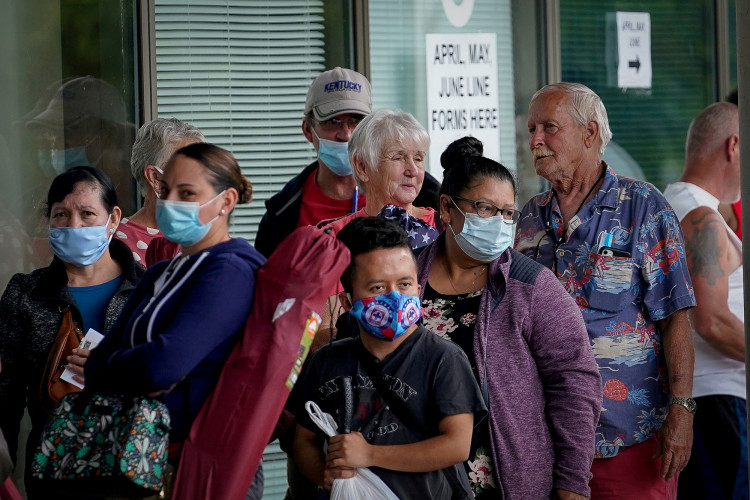The US labor market has showcased remarkable resilience in November, defying widespread expectations of economic slowdown. According to the latest data from the Labor Department, nonfarm payrolls saw an increase of 199,000 jobs, slightly surpassing the Dow Jones estimate of 190,000. This uptick in job creation reflects a robust labor market, even as broader economic indicators suggest a potential cooling period.
This surge in employment has also brought down the unemployment rate to an impressive 3.7%, a significant drop from the anticipated 3.9%. The labor force participation rate nudged higher to 62.8%, further signaling a robust job market. Notably, a more comprehensive unemployment measure, which includes discouraged workers and those in part-time roles for economic reasons, declined to 7%.
Economic analysts point to this data as a sign of the labor market reaching a natural equilibrium. Robert Frick, a corporate economist with Navy Federal Credit Union, interprets these developments as healthy job growth and wage increases signaling a balance in the labor market. These trends are expected to continue the economic expansion without necessitating Federal Reserve rate hikes.
Health care has emerged as the leading industry in job growth, contributing 77,000 new jobs. Other sectors such as government, manufacturing, and leisure and hospitality also saw significant gains. In contrast, the retail sector experienced a drop in employment, losing 38,000 jobs, indicative of sectoral shifts within the economy.
Despite these positive trends, the US economy faces headwinds. Economists forecast a sharp slowdown in the fourth quarter and modest growth in 2024. The Atlanta Fed projects an annualized GDP growth rate of just 1.2% for the fourth quarter, with 2024 expectations hovering around 1%.
The Federal Reserve continues to monitor these job numbers closely, particularly in the context of inflation control. The central bank's policy meeting next week is expected to provide further insights into their economic outlook and future actions.
Consumers play a pivotal role in sustaining the US economy. Despite a slight dip in retail sales in October, consumer spending has largely kept pace with inflation. This resilience, however, faces challenges from the cessation of Covid-era stimulus payments and the impact of higher interest rates.
Household wealth has seen fluctuations, with the third quarter witnessing a decline in net wealth, primarily due to stock market downturns. Conversely, household debt rose, maintaining a steady growth rate over the past quarters.
Wage data remains a critical area of focus for the Fed. The November jobs report indicated a 0.4% rise in average hourly earnings, slightly ahead of expectations. This increase, though indicative of economic vitality, also feeds into inflationary pressures, a concern for policymakers aiming to maintain stability and control inflation spirals.
In summary, the US labor market's performance in November paints a picture of an economy that, while facing headwinds, continues to exhibit strength and resilience. This buoyancy in job creation and a decline in unemployment rates offer optimism, even as the economy navigates through challenges of inflation and interest rate adjustments.






